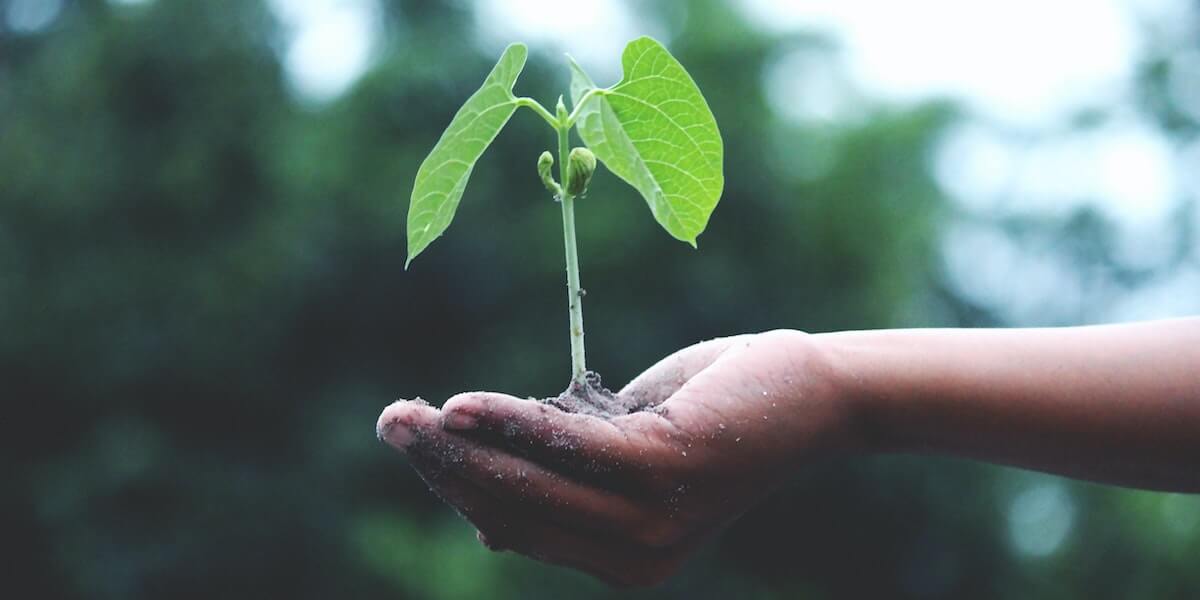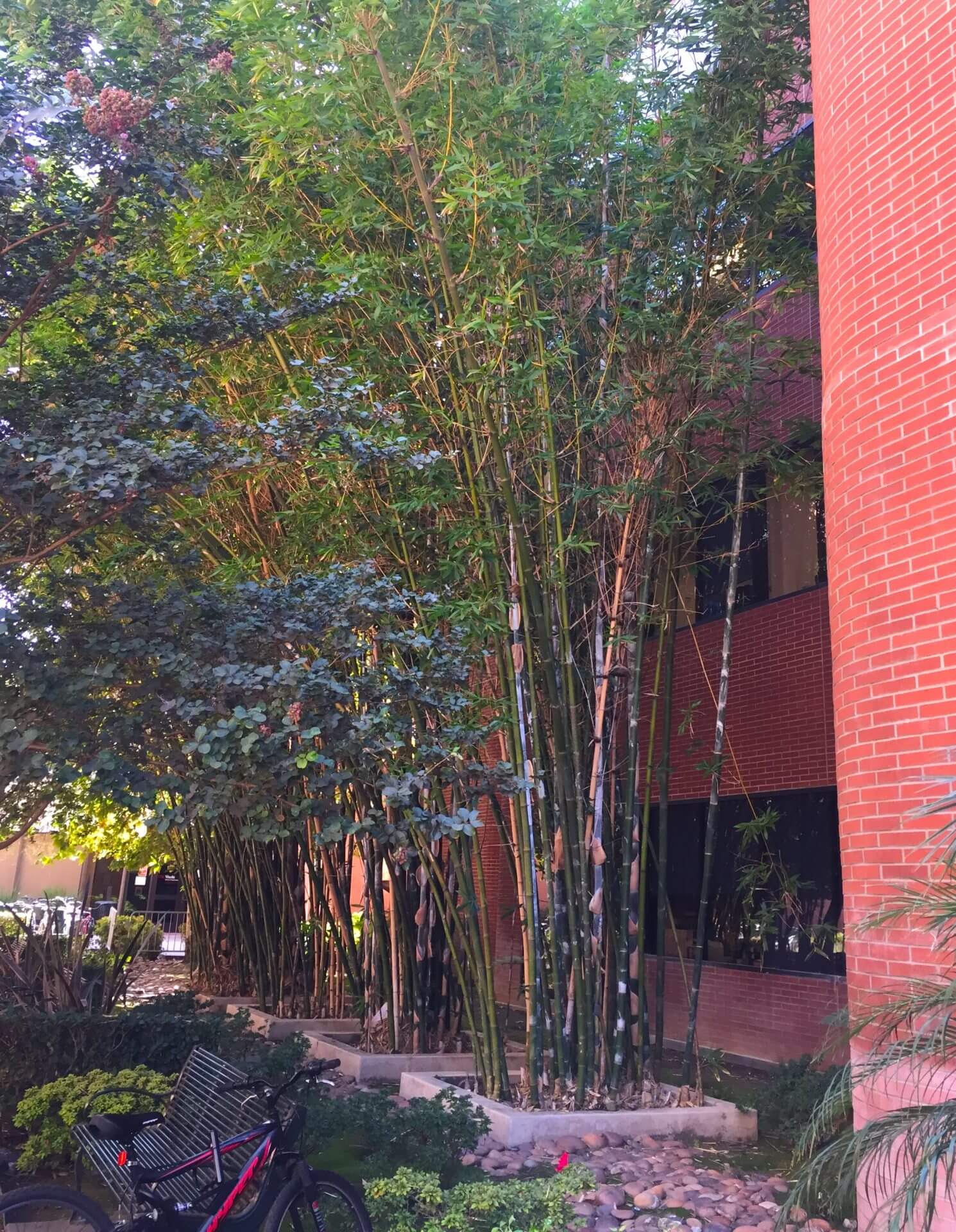USC Viterbi Sustainability Projects Receive $150,000 Funding Boost

USC Viterbi researchers will lead three new projects to create innovative solutions to our most urgent environmental problems, thanks to $150,000 in funding from the USC Center for Sustainability Solutions.
The cross-disciplinary projects also involve investigators from the USC School of Architecture, Keck School of Medicine of USC, USC Dornsife, and the USC Price School of Public Policy, as well as external partners.
The projects selected offer creative technologies and methodologies that are broadly applicable to a range of sustainability problems.
“These proposals were selected from a USC-wide competition for seed funding to advance the university’s research in sustainability,” said center co-directors Mahta Moghaddam and Detlof von Winterfeldt in a joint statement. “The goal is to leverage these seed funds to develop major projects that provide sustainability solutions for the Southern California region and beyond through novel multi-disciplinary approaches.”
Precision Farming Using Low-Cost Sensors

Bamboo growing on the USC campus. Image/Bhavna Sharma
Maral Mousavi, an assistant professor in the Department of Biomedical Engineering,and her co-investigators are creating low-cost soil sensors using cheap, accessible products like yarn and paper. These sensors will be applied to test the nutrients in soil for more efficient farming of bamboo, a promising environmentally-sustainable crop. The project will also have broader applications in medicine. The research team includes Meisam Razaviyayn, assistant professor in the Daniel J. Epstein Department of Industrial and Systems Engineering, Bhavna Sharma, assistant professor in the USC School of Architecture, as well as Saeid Nosrati, associate professor in the Keck School of Medicine of USC.
Sharma says that bamboo has great potential as a material that is fast growing and can be sustainably farmed. However, its increased popularity has led to exploitation of the material and poor management practices, resulting in unsustainable forestry and negative environmental impacts.
Bamboo grows to full height in a year and matures to structural strength in 4 to 5 years, with no replanting required. In comparison, wood sourced from sustainable forests is harvested in 35 to 45 years.
In order to develop precision agriculture, Mousavi is developing an inexpensive and accessible platform capable of continuous on-site analysis of nutrient levels in the soil. The sensors will be used to detect ions in the soil, and are made from simple materials like paper and fabric yarn. These materials are easy to acquire but are complex in structure and are able to wick liquid in a way that is well suited for testing.
The technology will also allow for the sensors to be applied in a vastly different field: medical devices. There, the sensors can be used to determine the electrolytes in blood in order to detect and manage conditions such as kidney disease.
Further information about Mousavi’s work on low cost devices is available here.
Using Architectural Surfaces to Clean Air and Mitigate Lung Disease
Three USC Viterbi researchers are creating architectural panels that passively filter smog and harmful pollutants.
These include George Ban-Weiss, the David M. Wilson Early Career Chair and associate professor of civil and environmental engineering; Ivan Bermejo-Moreno, assistant professor of aerospace and mechanical engineering; and Mitul Luhar, the Henry Salvatori Early Career Chair and assistant professor of aerospace and mechanical engineering.
The project, led by Doris Song, associate professor in the USC School of Architecture, aims to reduce outdoor air pollution in cities by utilizing the liminal surfaces on buildings— surfaces that are engineered to moderate the outside environment in order to ensure the efficient operation of what is on the inside—to promote air motion and filter urban smog.
Said Bermejo-Moreno: “The main motivation of this project is to address and mitigate the growing public health risks resulting from environmental contamination, particularly in underserved and disadvantaged communities.”
Los Angeles was recently ranked the worst U.S. city with regards to deaths resulting from air pollution.
In 1970, the Clean Air Act was passed to regulate emissions of hazardous air pollutants. The U.S. Environmental Protection Agency estimated that 184,000 deaths related to particulate matter—microscopic particles that can move from the air deep into an individual’s bloodstream and lungs—were prevented by 1990. It also estimated that 10 million cases of respiratory and cardiovascular disease associated with particulate matter and ozone were prevented.
The research team also includes Virginia San Fratello, chair and associate professor in the Department of Design at San Jose State University;Sigrid Andriaenssens; associate professor of civil and environmental engineering and director of Program in Mechanics, Materials and Structures at Princeton University; Russell Fortmeyer, associate principal in the Energy and Sustainability Group at ARUP; Edward Avol, division chief of the Environmental Health Division in the Department of Preventative Medicine at the Keck School of Medicine at USC; and David Sloane, professor at the USC Price School of Public Policy.
One of the main deliverables of this project is to produce panel prototypes, which will encompass milestones in simulation and modeling and physical testing and experimentation. They also incorporate and demonstrate notable development of photocatalysts, which are materials that absorb sunlight to activate a chemical reaction.
The project is interdisciplinary across departments and universities. At USC Viterbi, the researchers are working to include fluid dynamics aspects to the work to passively induce air motion and reduce particulate matter through filtration. This approach builds on existing principles of air flow by integrating them into functional architectural elements, like building facades or public transportation shelters.
“Professor Doris Sung’s vision to bridgearchitecture, engineering, public health and policy, to provide a solution to a widespread societal problem is one of the greatest aspects of this project,” said Bermejo-Moreno. “The inter-connection of all these areas of expertise, with contributions from four schools at USC along with several external experts, will have a multiplicative effect on the potential impact of this research. In addition, this multidisciplinary nature of the project gives us the opportunity to learn from experts in these respective areas about the main challenges in their fields, their approaches to solving them and how engineering can play a role in the solution.”
Harnessing the Power of Artificial Intelligence for Water Sustainability
The third project is made up of a diverse group comprising researchers from computer science, civil and environmental engineering, electrical engineering, and social sciences.
The team, led by Felipe de Barros, associate professor of civil and environmental engineering at USC Viterbi, will explore using powerful AI technologies to look at how to quantify and characterize water resources within California.
Yolanda Gil, director for major strategic initiatives in AI and data science at USC’s Information Sciences Institute, is working on AI modeling for the project.
“We’ve been working on using AI for water resources for some time, and I’m excited to work with others at USC who have been looking at water modeling from different perspectives,” said Gil, also a USC Viterbi research professor of computer science and spatial sciences. “The sustainability of water in California is a very challenging problem, and I believe that if we combine USC talent, we can accomplish great things.”
The team includes John P. Wilson, a professor of spatial sciences and sociology at the USC Dornsife College of Letters, Arts and Sciences and founding director of the Spatial Sciences Institute. A social scientist, Wilson is working with stakeholders and analyzing the social aspects of water systems in the state.
On the AI research side, the team is exploring semantic integration, machine learning, and novel sensing techniques, while on the modeling side, the group is focusing on quantifying water flow and quality, particularly pollutants and salinity. The research team is investigating how to scope the problem in order to achieve effective results.
“This is a unique opportunity that brings together experts from multiple fields of engineering and science to tackle challenges related to water sustainability,” de Barros commented.
Published on August 18th, 2020
Last updated on May 15th, 2025